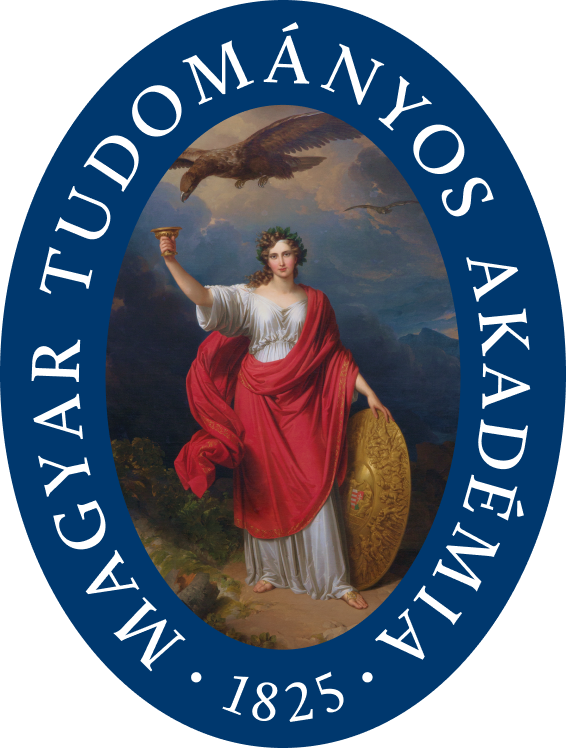The ‘Living’ Need for the Regulation of Refugee Status
Keywords:
Refugees, Asylum seekers, European Union, Universal Human Rights, UNHCRAbstract
In 2011, Antonio Guterres, former United Nations High Commissioner for Refugees, made an appeal to non-signatory countries of the 1951 Refugee Convention and its 1967 protocol to accede to it by ratification. He also pledged full support to governments who comply with this appeal.1 However, countries who are already signatories to this Convention are facing dire challenges in coping with refugee influxes and some even have arguably violated Article 33 of the 1951 Convention, also known as the principle of non-refoulement.
The challenges faced by countries in keeping to their promises to protect refugees are enormous. First of all, these states have security concerns: recent evidence uncovered in Europe has shown that terrorists are often mixed with refugees. Secondly, the changing dynamics of the human trafficking networks and their methods of operation also present a huge challenge – these human traffickers are taking advantage of the vulnerable group of asylum seekers, and they also encourage economic migrants to embark on life risking journeys making huge profits in the process. The insufficient facilities and the cost of caring for sudden arrivals of large number of refugees are a challenge for the receiving states. Finally, the fear – strongly expressed by right wing populist political parties – of the possible refugee influxes is changing the social dynamics of countries in Europe, through religion (Islamophobia) and through the fear of undermining hosting states cultures and values.
This paper seeks to introduce the historical relevance of the 1951 Refugee Convention and the challenge signatory countries face when implementing its provisions, with an overview of the new challenges to the Convention that discourage states from acceding to it. Furthermore, the paper proposes the possibility of the Refugee Convention to be treated as a ‘living’ document in light of the new challenges of the refugee phenomenon.
Downloads
Published
How to Cite
Issue
Section
License

This work is licensed under a Creative Commons Attribution-NonCommercial-ShareAlike 4.0 International License.





